Pinning Etiquette for Teachers - 11 Simple Tips To Keep In Mind Before Sharing Your Next Pin!9/9/2014 1. Avoid small and extra-long pins. Small pins are unattractive and are very easily overlooked. Unfortunately, some websites (TeachersPayTeachers especially) often generate small pins. I know that if you run your mouse across the images on the page before you click the “Pin” Button, it will generate a larger image when pinning. You can also try uploading the image directly to Pinterest, then using the “edit” feature to direct the link to your desired destination. Keep in mind that the destination should be correct and the image should appear somewhere on the page. You are only uploading the photo to avoid pinning the smaller generated pin. As far as the long pins, these can be a little annoying once they get longer than 3-4 average sized pins. Yes, these do grab a lot of attention! Therefore, if you are going to share extra-long pins, try to pin them few and far between. 2. Add high resolution images that are pleasing to the eye. Images that appear outdated and poor quality will also hinder your chances of obtaining repins and followers. It may also cause board members to be disappointed. If you are pinning to a group board, take a look at the board creator’s pins to see what type of pins they probably expect you to share. If you need ideas for suitable pins, I recommend reviewing the boards and pinners below: For the Classroom No Time for Flash Cards Imagination Tree Happy Teacher 3. Make sure your pins are relevant to the boards. This should go without saying, but some pinners constantly share pins that do not align with the board’s theme. For example, it’s very disrespectful to pin links to non-educational items on boards specifically created for sharing educational ideas and resources. You get the idea. 4. Use the “Related Pins” section. When you click on a pin, scroll down below the image to find its “Related Pins”. Sometimes if I don’t see anything worth pinning via my feed, I go back and click on some of my favorite pins to find similar high quality pins. Usually they are related by topic, but often they generate pins that are equally appealing and worth sharing. 5. Avoid pinning the same pin to the same board multiple times and/or too often. Understandably, you want as many people possible to see your pins, but try to wait at least 2-3 days before sharing the same pin on a given board. Also remember that great minds think alike and the chances of someone else pinning the same pin to the same board throughout the day is highly likely. In order to escape pinning duplicate pins in the same location, quickly skim through the board pins either before or after posting. After briefly scrolling, if you see that someone has just shared the exact same pin you just added/would like to add, you now know it’s better to remove that pin and/or wait a few days before you share it too. 6. Share pins via other users. Again, I know many educators on Pinterest are interested in sharing their own teacher created resources, but Pinterest is a Social Media Network. This means you should be social and interactive with others. Re-pin others frequently. The more you pin and follow others, the more often others will pin and follow you. 7. Make eye-catching covers for your boards. Get creative and develop a cover for your favorite Pinterest boards. Include a link to the board and share it with your followers. This makes it easier for followers to keep up with your board and allows others to let their followers know about it too. I created Pinterest Boards for Teachers to serve as a catalog of all my favorite educational boards and profiles. I love when others have taken the time to create board covers because I can access their boards 10x faster by saving the link here! 8. Encourage others to join your favorite collaborative boards. Let your followers know what boards you recommend because they will share that information with their followers and so on. The more people following the boards where you are a collaborating member, the more people will see and share your pins with others. The more the merrier! 9. Share “Rich Pins”. “Rich Pins” are defined as: “Pins that include extra information right on the pin itself. Right now, there are five types of Rich Pins: movie, recipe, article, product and place.” I love "Rich Pins" because they look fantastic and you know the source has been verified. These are the pins that include the company logo directly underneath the image. To learn more about “Rich Pins” visit Pinterest for Business When in doubt, pin these! 10. Leave helpful/positive comments and feedback Commenting on pins is worth doing because it can help you gain greater exposure on Pinterest. However, if you don’t have something nice or constructive to say, then you should consider leaving commentary on a different pin. 11. Follow the board rules.
What are your thoughts on pinning etiquette?What other tips would you add to this list? Do you agree with the guidelines listed above? Why or why not? Share your responses below.
3 Comments
11/6/2015 08:45:59 pm
Thank you for this thorough and well-written post! I know that when I started using Pinterest, It took me a while to really understand these things, and having many collaborative boards myself, the reasons for these guidelines have become so much more clear. I wish I had read this post eighteen months ago!
Reply
1/5/2016 04:31:55 pm
As far as negative comments go, what do you think of commenting if a pin doesn't lead anywhere? I've sometimes commented on these broken links so that the pinned can remove it if they wish. But I wasn't trying to be negative.
Reply
2/17/2016 06:07:05 pm
This is great! I belong to a lot of "bad" collaborative boards. You can spot them a mile away! The good boards are good for a reason! 😊 I need to clean up and organize my boards and ditch the dead boards. Thanks!
Reply
Leave a Reply. |
Good Morning, Ms. Williams!Creating, Blogging & Sharing Educational Resources Categories
All
|
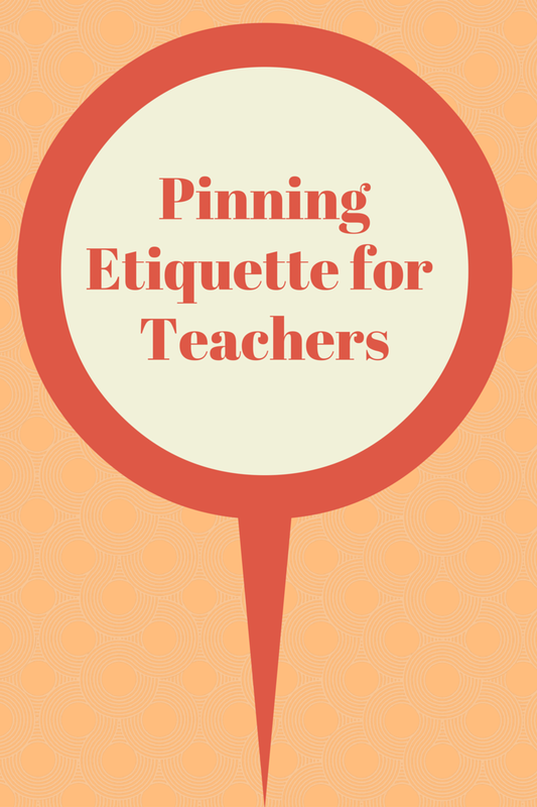
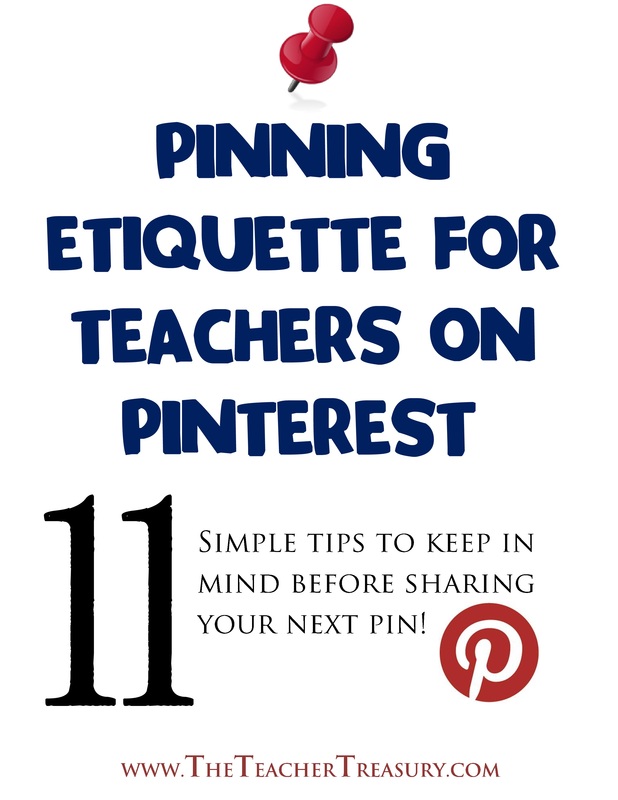
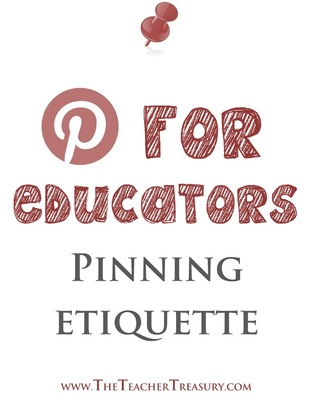
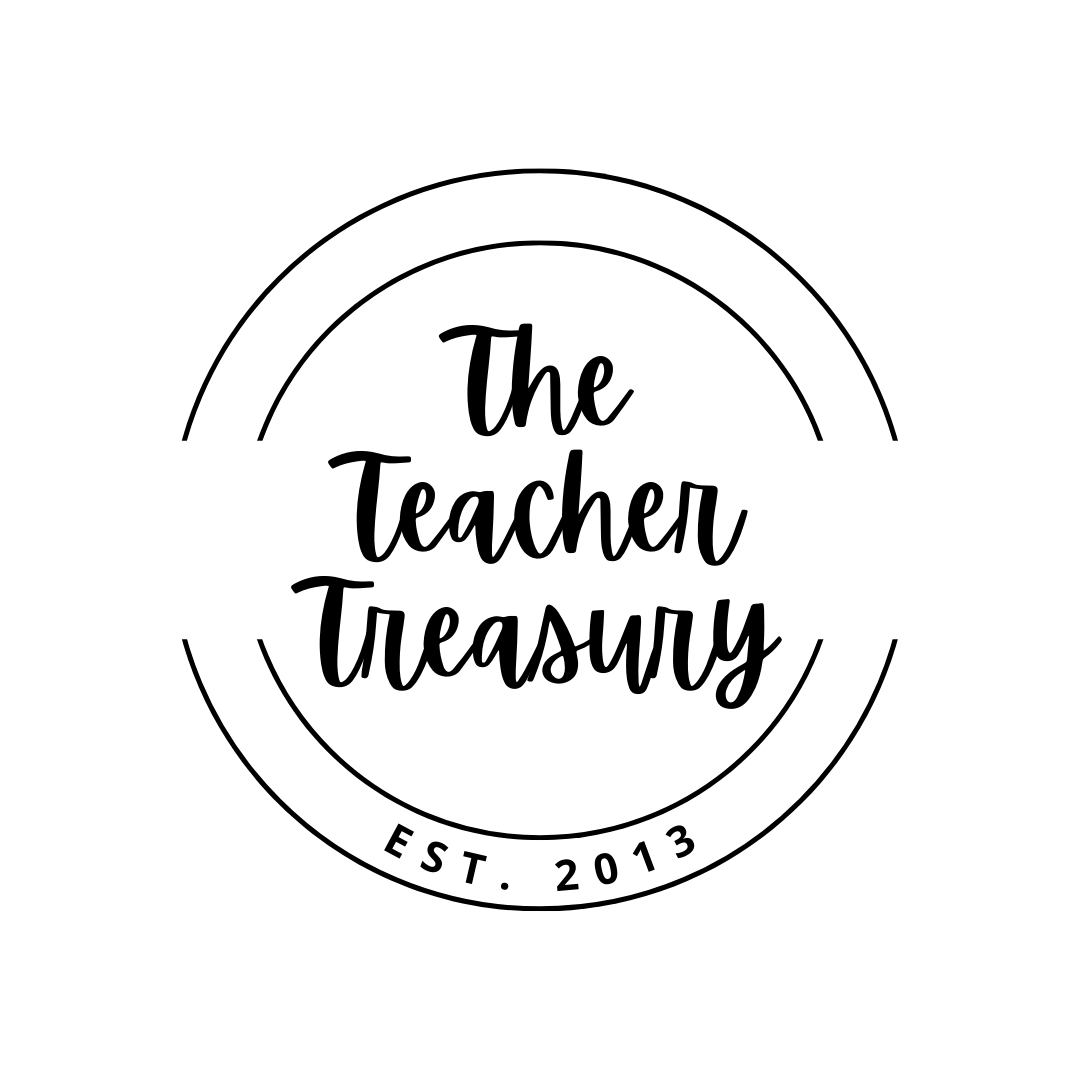
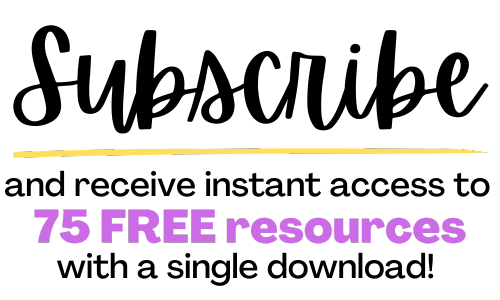
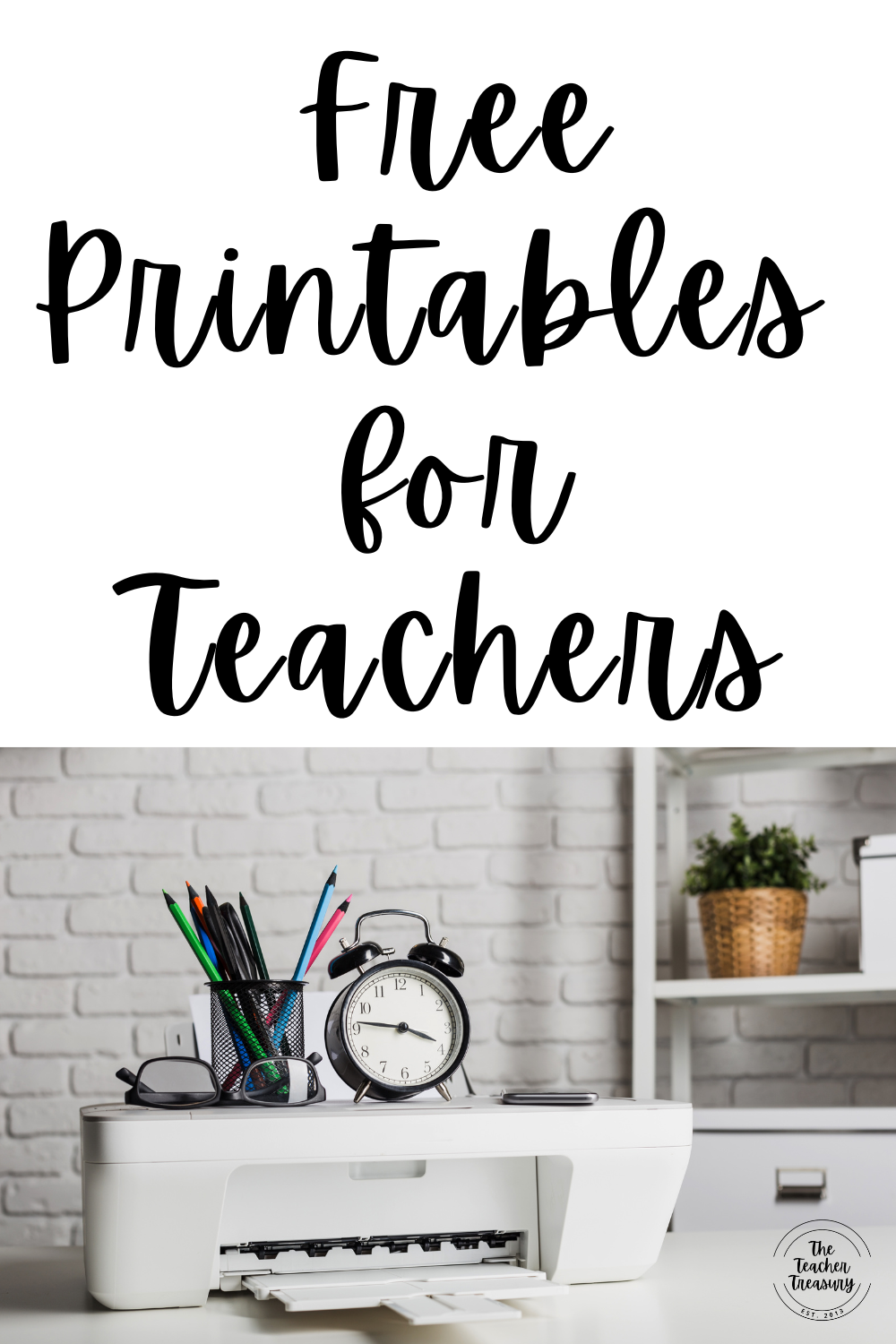
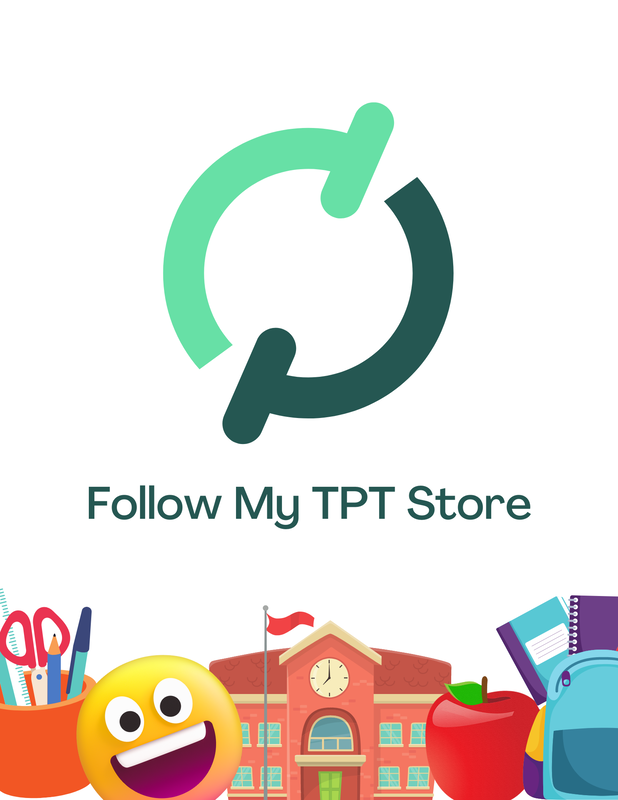


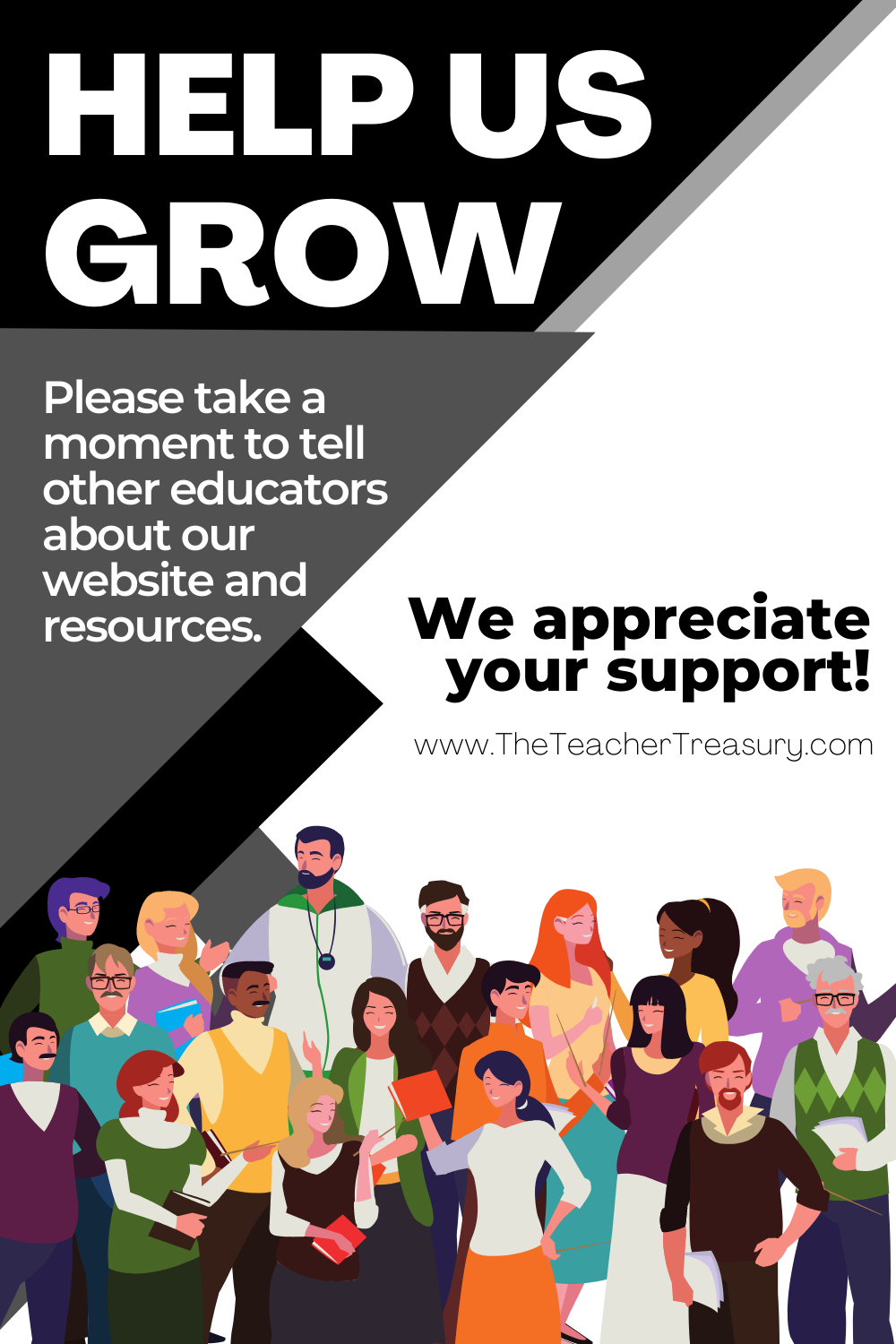
 RSS Feed
RSS Feed